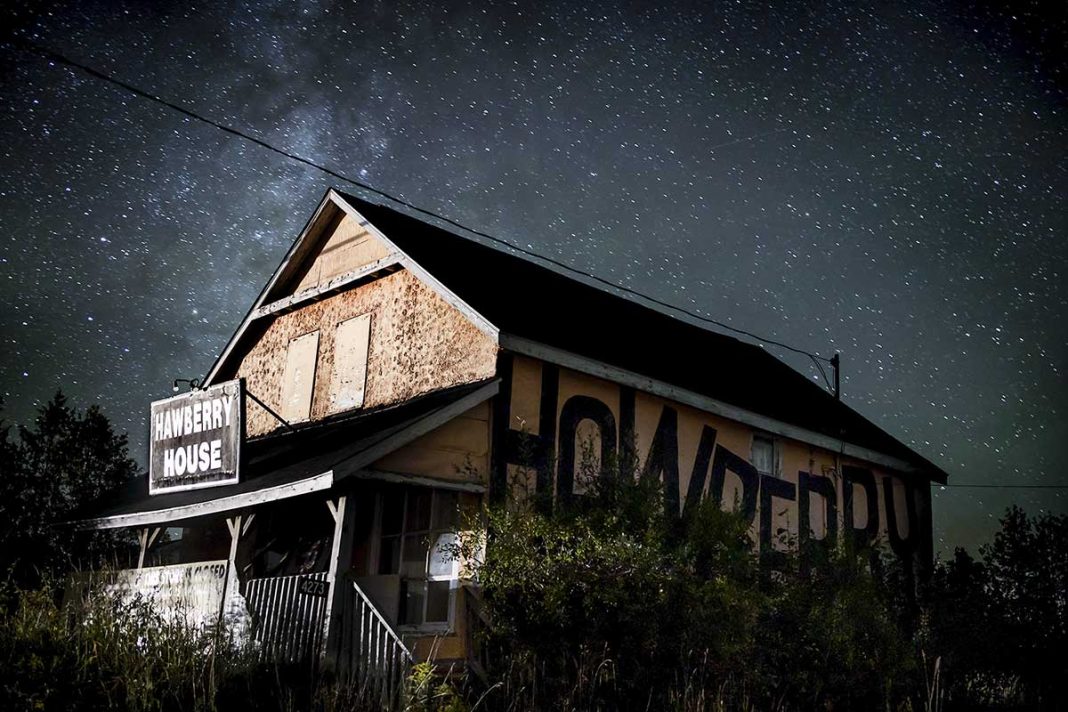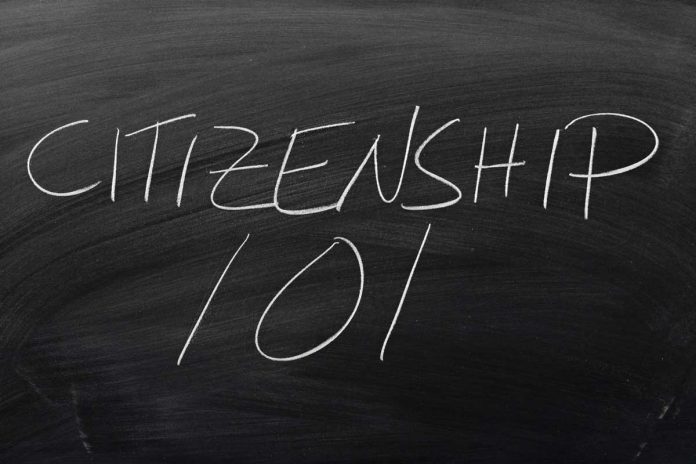COLUMBIA, Mo. – Former Expositor photographer Giovanni Capriotti has earned a spot as a finalist for his ongoing Manitoulin Island-based photo project ‘The Haweaters’ in the 77th Pictures of the Year competition run by the Donald W. Reynolds Journalism Institute at the Missouri School of Journalism.
“I’ve been shooting (‘The Haweaters’) since 2014 without knowing where I was heading with the project,” said Mr. Capriotti.
‘The Haweaters’ is a project that seeks to “explore the blurred lines of co-existence” between Indigenous and settler culture on Manitoulin Island and, in a broad sense, Canada. His photos capture candid moments of different lived rural experiences and contrast how one’s cultural background can impact those experiences.
The Rome-born photographer first visited Manitoulin Island in 2010 on a drive with a friend to explore Northern Ontario. They were travelling from Sault Ste. Marie and Mr. Capriotti noticed what appeared to be a massive island on a printed map of the region. They resolved to check out the landform and the rest, as they say, is history.
They stopped at a now-closed gas station to fill up their tank and Mr. Capriotti was surprised that the price was higher than the one posted on the sign. That woman explained that the posted price was the cost for gas-card-holding “Status Indians,” which sparked his interest in Indigenous peoples in Canada.
“I grew up in a big city, in Rome; we don’t know about this culture. We just get the American propaganda about Indians and cowboys. That’s when I started questioning what I knew about Indigenous cultures in Canada,” said Mr. Capriotti.
His wife is an advocate for Indigenous rights and helped to inform Mr. Capriotti about the history. In 2014 he travelled to the Island and stayed with a two-spirit person from Wiikwemkoong whom he met through his wife. Mr. Capriotti’s goal was to share the story of his life through pictures. This soon grew into the broader desire to explore the different ways of life on the Island.
He took up an internship at The Manitoulin Expositor and this newspaper helped him make connections with people around the Island who he would later feature in his series.
“Each picture has an allegory behind it, moving between co-existence, capitalism and new colonialism. Sometimes those ideas attack each other, other times they reject each other. My thing is it’s always about the narrative—everything you find in newspapers and main medias is based on capitalism,” said Mr. Capriotti. “I’m not against business but the way we do business can be improved, for sure, in order to put humans at the centre of business.”
Capitalism is inherently divisive, he said, because in order to function it requires a more organized group taking advantage of a subordinate group.
“It’s also a story of little communities who get forgotten by the centre of the empire in Canada. At the same time, I also wanted to explore what happened in the past that created a sometimes shattered environment on the Island. It’s very well hidden,” said Mr. Capriotti.
Although this competition win involved a selection of 29 images, the full set of this project to date is nearly 10 times larger.
“I have over 250 images, plus other ones I’m working on because I’ve had access to archive pictures of a family, so those will be included in the project. I’m hoping to collect it all in a book very soon,” said Mr. Capriotti.
“These pictures all work together as a whole sequence,” he said. “Even the colours, emotions, actions it invokes and the allegoric meaning of an image can be paired with the allegoric meaning of the following image.”
Mr. Capriotti said his pictures are designed to weave a narrative, through personal stories, about the effects of colonialism and the growth of power centres in the nation. He was also critical of how Indigenous stories are often only told during crisis situations such as the nation-wide rail blockades as of late.
“Off-Island people perceive it in a certain way. It’s an environment that has been shattered by the past, especially for Indigenous communities on the Island, but then abused and forgotten by modernism. Young people want to leave the Island and head to cities—capitalism still has a big effect,” he said.
‘The Haweaters’ is far from being ‘in the can’ and Mr. Capriotti also has his sights set on turning it into a book with written stories to go along with each photo.
This is part of a larger project called ‘Forever on the Fringe,’ which is also the possible title of a book about the making of Manitoulin Island, the treaties, why settlers came there, what their expectations were, said Mr. Capriotti. Of note, ‘Forever on the Fringe’ is also the title of a book by author W. R. Wightman, which is a series of studies about Manitoulin Island.
Mr. Capriotti said he also plans to create a small publishing venture with a business partner in order to produce physical versions of their work that will outlast a hard drive’s longevity.





